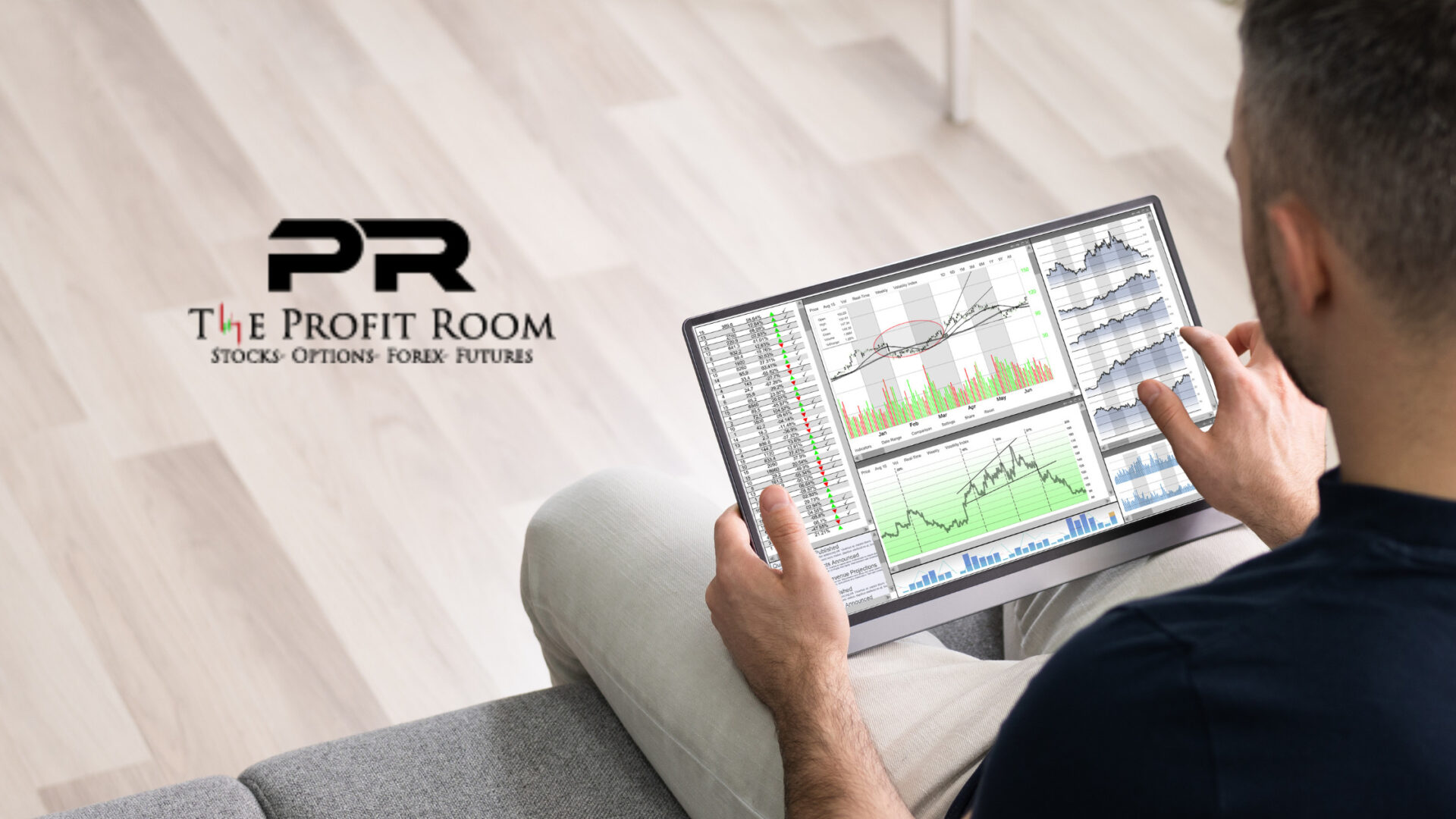The purpose of investing is to deposit your money into one or more types of investment vehicles in the hopes of increasing its value over time.
Let’s imagine you’ve saved aside $1,000 and are ready to dive into the world of investing. Perhaps you only have $10 extra each week and want to start investing. In this post, we’ll guide you through the steps of becoming an investor and teach you how to optimize your profits while lowering your expenses.
1. Open a trading account.
A minimum deposit is required by many financial organizations. In other words, unless you deposit a specific amount of money, they will not approve your account application. Some companies won’t even let you create an account with a deposit of $1,000.
Before determining where you want to establish an account, do some research and read our broker evaluations. Others will frequently reduce charges, such as trading and account administration fees, if your balance exceeds a specific level. Others may provide you a specific amount of commission-free deals just for signing up.
Open an online stock brokerage account with a trusted company. Even if you already have a personal account, it’s a good idea to have a separate professional trading account. Learn how to use the account interface and how to use the free trading tools and research that are only available to customers. Virtual trading is available from a number of firms.
2. Learn how to trade in commodities, stocks, futures, and options.
There are financial magazines, stock market literature, online training, and other tools. There is a wealth of information available, much of it for free. It’s critical not to become overly focused on one aspect of the trading game. Instead, learn all you can about the sector, including ideas and concepts you don’t believe are significant right now. Trading begins a trip that frequently leads to a location that was not anticipated at the outset. Even if you believe you know precisely where you’re heading right now, your wide and deep industry knowledge will come in helpful again and again.
Commodities make up a significant portion of the futures market, but it’s not just about pigs, corn, oil, and soybeans. Investing in stock futures allows you to trade individual company futures as well as ETF shares. Bonds, as well as cryptocurrency, have futures contracts. Some traders like futures trading because they may take a large position (the amount invested) while only putting up a little amount of money. This provides them with more power than just holding the securities directly.
Most investors consider purchasing an asset in the hopes of seeing its value rise in the future. Short-selling, on the other hand, allows investors to borrow money in the hopes of betting that the price of an asset will decrease, allowing them to acquire at a cheaper price later.
The stock market in the United States is a popular use for futures. Short-selling a futures contract on the Standard & Poor’s 500 index is one way to hedge equity risk. He gets money on the short if stocks fall, balancing off his exposure to the index. Alternatively, the same investor may be optimistic about the future and purchase a long contract, generating a significant amount of profit if equities rise.
Investors can use options and futures to make money or hedge their current investments. Using both options and futures, an investor may purchase an investment at a certain price and on a specific date. The methods in which these two markets work, as well as the level of risk they pose to investors, are significantly different.
As long as the contract is in existence, an investor has the right, but not the responsibility, to purchase (or sell) shares at a certain price at any time. In contrast, unless the holder’s position is closed before the expiration date, a futures contract mandates a buyer to purchase shares and a seller to sell them on a certain future date.
3. Learn to Analyze.
Learn the fundamentals of technical analysis and examine hundreds of price charts in various time periods. Fundamental research may appear to give a better road to profits by tracking growth curves and revenue streams, but traders live and die by market movement that deviates significantly from underlying fundamentals. Continue to examine corporate spreadsheets since they provide a trading advantage over those who do not. They will not, however, assist you in surviving your first year as a trader.
Your knowledge of charts and technical analysis has now led you into the mysterious world of price prediction. Securities can only move up or down in theory, promoting long-side or short-side trades. In actuality, prices may do a variety of things, such as chop sideways for weeks or whipsaw furiously in both directions, causing buyers and sellers to flee.
Traders getting into a strong uptrend when it sells off in a lower phase is a classic example of buying the dip. Looking at each security in three time frames, starting with 60-minute, daily, and weekly charts, is the greatest approach to assess this three-dimensional playing field.
4. Practice Trading
With their real money entry systems, several brokers allow clients to engage in paper trading. This also has the added benefit of educating the program so you don’t accidentally press the wrong buttons while using family finances.
So, when are you going to make the leap and start trading for real money? There is no ideal answer since simulated trading has a defect that will show up when you start trading for real, even if your paper results appear to be flawless.
5. Risk management
Once you’ve got your real money account up and running, you’ll need to think about position and risk management. Each position has a holding duration and technical criteria that favor profit and loss goals, necessitating a quick exit when those targets are fulfilled. Consider the mental and logistical challenges of holding three to five positions at once, some of which are going in your favor and others which are moving in the other direction. Fortunately, as long as you don’t overload yourself with too much knowledge, you’ll have plenty of time to study all areas of trade management.
Start a daily notebook immediately, if you haven’t previously, that chronicles all of your transactions, including the reasons for taking risk, holding times, and ultimate profit or loss amounts. This journal of events and observations lays the groundwork for a trading edge that will put an end to your rookie status and allow you to consistently profit from the market.
Begin your trading career by learning everything there is to know about the financial markets, then study charts and observe price activity to develop strategies based on your findings. Paper trading is a good way to test these methods while reviewing the outcomes and making modifications. Then finish the first leg of your journey with monetary risk, which challenges you to deal with concerns like trade management and market psychology. You can always go more in depth with us here at The Profit Room in our premium courses.




